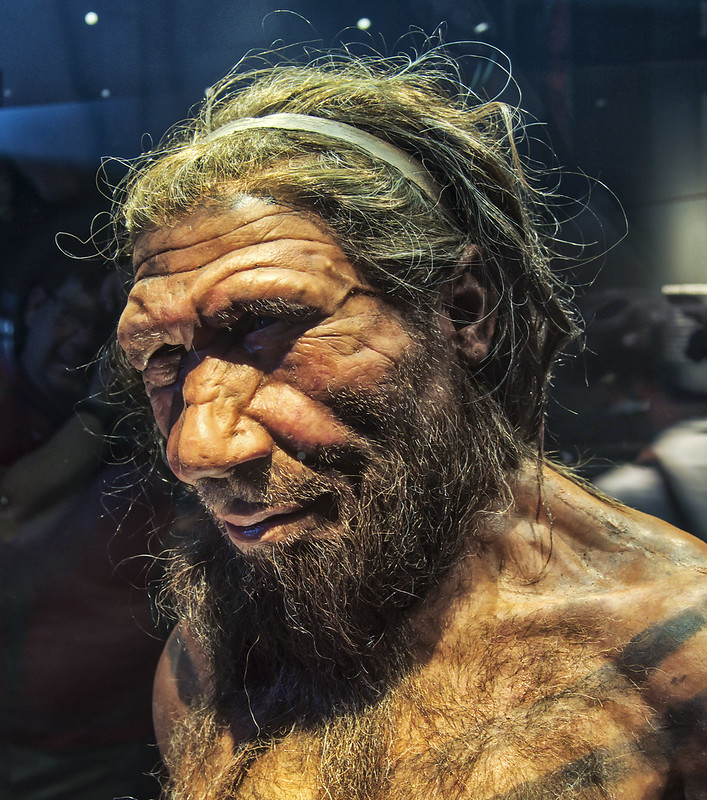
It was easy to mock Neanderthals as barbarians until we discovered that we are those barbarians – at least in part. Over the past decade, advances in extracting DNA from fossils have revealed that Homo sapiens mated with Neanderthals about 50,000 years ago, introducing DNA that persists today. Neanderthal DNA makes up about 2% of non-African genomes and a smaller fraction of African genomes.
But how does this Neanderthal DNA influence who we are? Which DNA introduced by Neanderthals represented beneficial new mutations and which was not up to the task?
Those questions drove work, published late last week in Nature Communications, by Tony Capra, PhD, and colleagues.
“The thing that’s so fascinating for me about this field is that we can use the DNA molecules that exist in us today to trace our history as a species,” said Capra, an associate professor of epidemiology and biostatistics.
Capra and lead author Evonne McArthur, of Vanderbilt University, leveraged the wealth of information on the health and genetics of over 200,000 modern Europeans available in the UK Biobank. They compared those data points with DNA sequences of two different Neanderthals and applied a statistical method to better understand how Neanderthal gene variants shape us and how they might drive disease risk.
“We have strong evidence that Neanderthal DNA contributes less than expected by chance to most traits,” Capra said. “One of the strengths of what we’ve done is to quantify this effect across the entire genome.”
Looking at the genes connected to 400 complex traits, Capra and his colleagues found that genomic regions where detectable Neanderthal ancestry remains contribute less to variation than the average part of the genome. This makes the evolutionary case that most Neanderthal DNA was not beneficial.
The main exceptions to this pattern were skin and hair traits. The preserved Neanderthal variants contribute more to variation in these traits and push hair and skin to be lighter when they are present.
That clear directional effect suggests that some of the new Neanderthal DNA persisted in the genetic mix because it was useful, and the rest was sidelined because it was not. This hypothesis that is supported by timing: Homo sapiens and Neanderthals swapped genes as Homo sapiens moved north into Europe and Asia from Africa.
The migrating Homo sapiens needed to adapt to a new environment with less sunlight, where the Neanderthals had been living for hundreds of thousands of years. Lighter skin could have enabled individuals to produce more vitamin D from limited ultraviolet radiation. However, in modern environments, this also means the Neanderthal variants increase propensity for sunburn.
“Our research suggests why Neanderthal ancestry remains at some places in modern human genomes and not others. It shows us that, in many cases, evolution at some point said ‘uh-oh, the Neanderthal version of this gene is not beneficial for humans’ and thus it was lost,” Capra explained.
This study found that genetic variants shared among different Neanderthal populations were more likely to contribute to trait variation in Homo sapiens. These variants may have been more strongly vetted by selection pressures, making them more likely to be useful to modern humans. Some of these established Neanderthal variants are linked to larger lung capacity and denser bones; others seemed to introduce more immune system diversity.
Capra notes that a limitation of this work is that it looks only at how Neanderthals affected Europeans, because that is predominantly who is represented in the UK Biobank. His team is already gearing up to do similar work using data from other populations.
Photo of a Neanderthal reconstruction at the Natural History Museum in London by Neil Howard.
